Malika Favre
Beautifully bold
The art of blending elegance and sensuality by Malika Favre

»I can’t remember myself not drawing.«
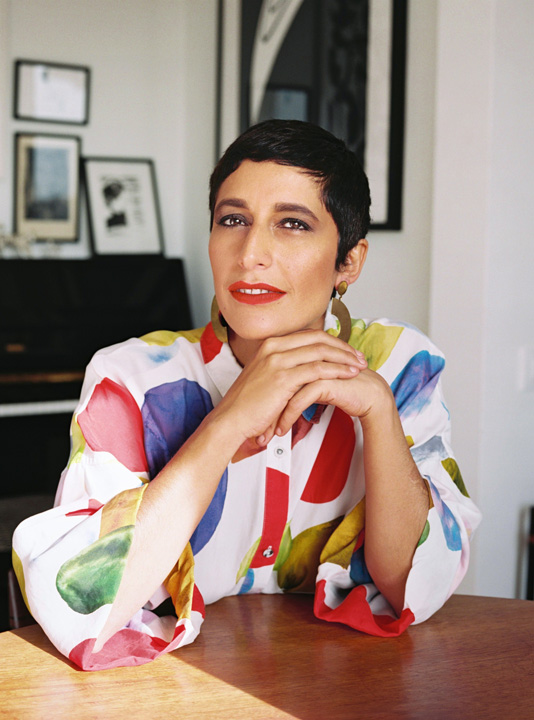
What things shaped you visually when you were growing up?
I grew up in Paris in a small but beautifully decorated flat. My mum was an artist and went through many colour periods when it came to decorating. This was probably my first encounter with limited colour palettes and one that stayed with me forever.
I was also introduced to films also from a very young age. I grew up in a TV free environment, so going to the cinema on the Champs Élysées with my parents was a weekly occurrence. We saw everything, from old Hollywood to film noir and westerns as well as contemporary indie movies and blockbusters. I was fascinated by the big screen, the camera angles and the light. Films probably had a deeper impact on me than art exhibitions growing up.
When and how did you yourself discover the desire to draw and your talent?
I never discovered it as such as I can’t remember myself not drawing. My parents tell me that I started drawing frenetically around 3 and never stopped. My mum is the one that identified my “talent” and nurtured it.
I remember drawing with her for hours and crying of despair as I couldn’t get anywhere close to her level. She was tough but always supportive and proud and no matter how frustrated I got, it never took the joy out of it. My mother used to say that it took me twenty years to draw better than her (laughs).
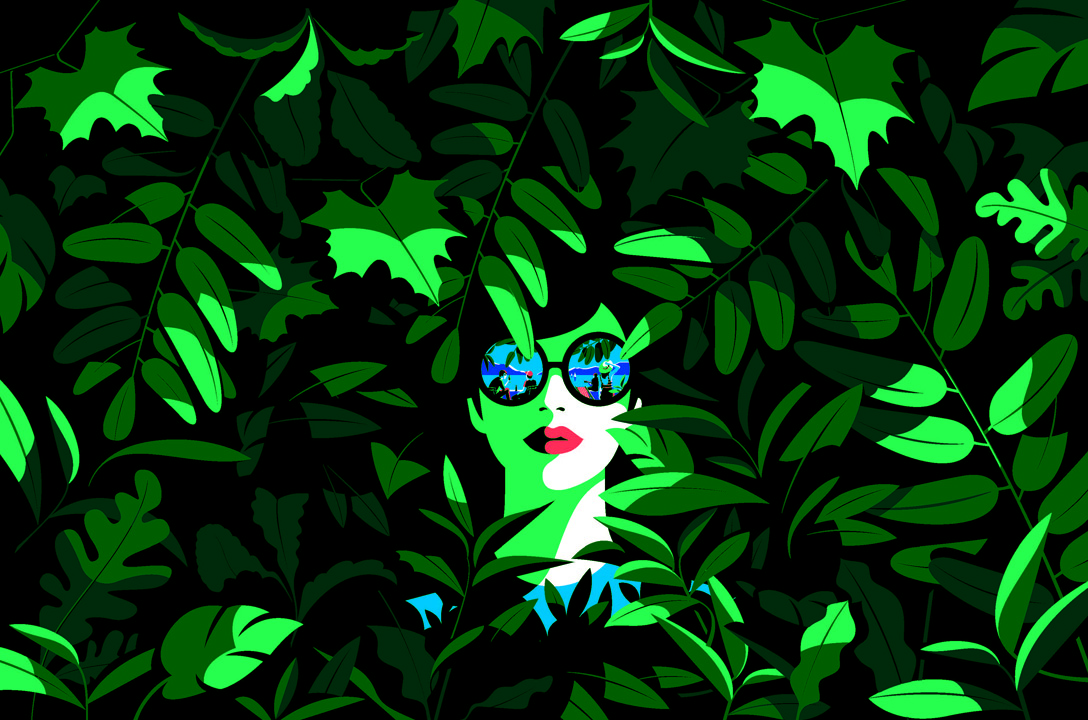

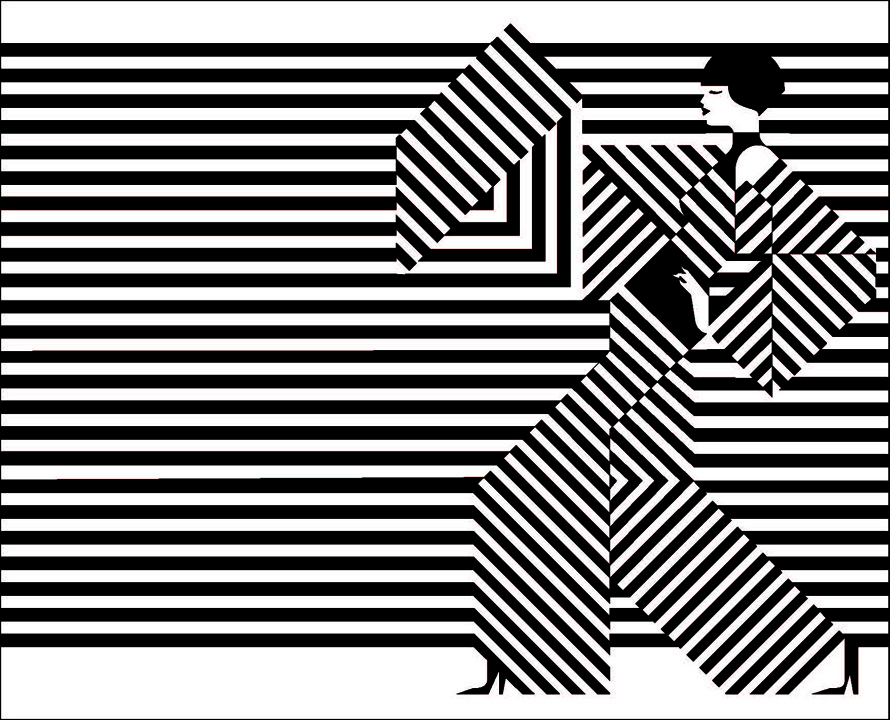
What were your first steps in professional life like? Did you work alone from the beginning, or did you first join a studio or an agency?
I went to art school in Paris and after a couple of years studying advertising and graphic design, I made my way to London in my early 20s. I first worked in a design studio (Airside) for five years before deciding to make the big jump and set up as an independent illustrator. Working there taught me to find beauty in the simplicity of my illustrations.
I developed my style over the years by pairing my illustrations more and more until I felt ready to take a leap on my own. Small commissions started coming my way pretty quickly and getting bigger and bigger as the years went by. The whole journey felt very organic and smooth somehow, but I was also vey prepared. That was more than a decade ago now and I haven’t looked back since.
Was there a turning point when the attention for your work suddenly became noticeably high?
There were a few key points in my career that propelled to new heights. The most important ones where probably the Kama Sutra book and exhibition project, the BAFTAS posters in 2015, my first new Yorker cover in 2016 and the Montreux Jazz Festival poster in 2017.
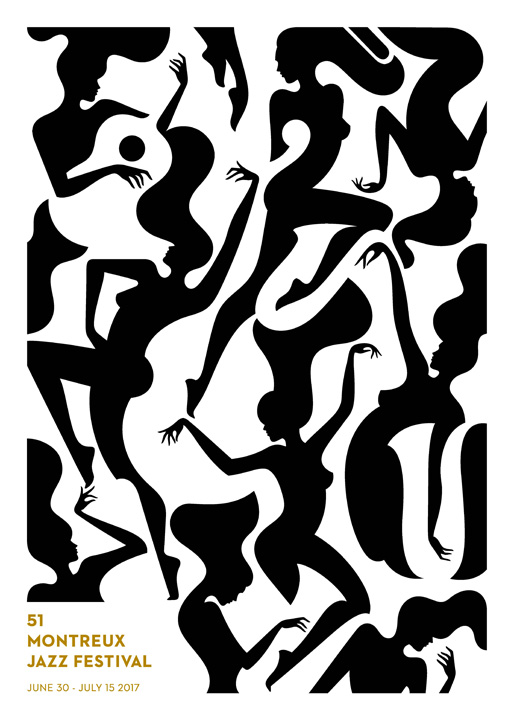
How did the collaboration with The New Yorker magazine come about, for which you have already designed countless iconic covers?
I started working for the New Yorker pretty much at the beginning of my career by doing small illustrations for various sections within the magazine. I had a tiny hope somewhere that it could one day lead to a cover but I was never really obsessed about it. It was a long shot, and I was already proud to be one of their contributors. Fast forward five years and countless illustrations, I received that magical email from Francoise Mouly.
I still remember where I was and what I was up to that day! She was asking about my interest in doing a cover for them. It was just the most incredible feeling. I took two weeks off just to focus on cover ideas and ending up sending her around twenty, I think. Three weeks later my first cover “The Page Turner” was published. I have contributed twelve covers since then.
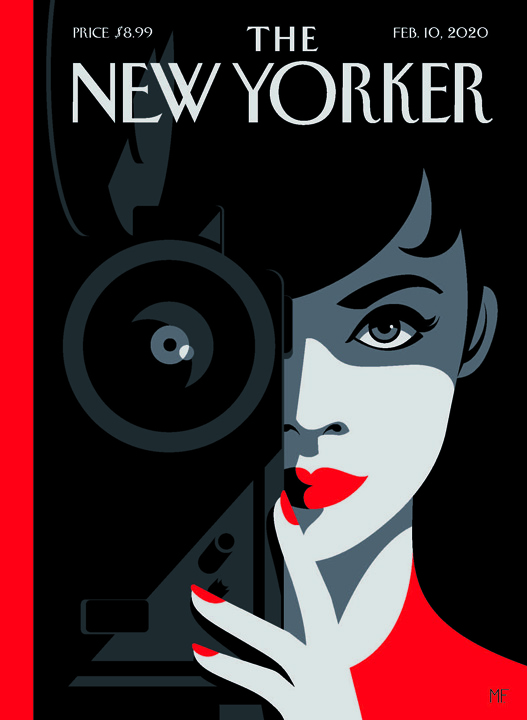
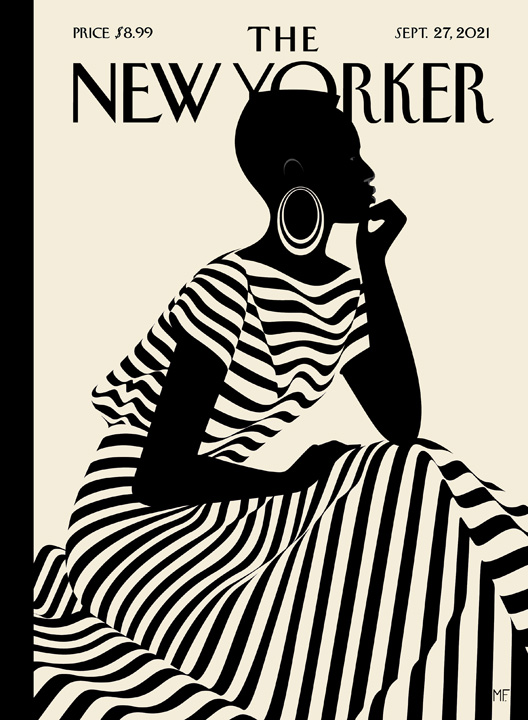
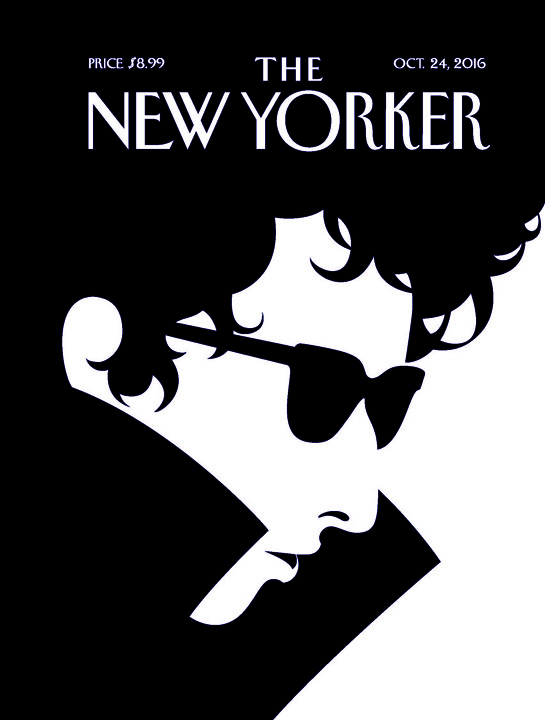
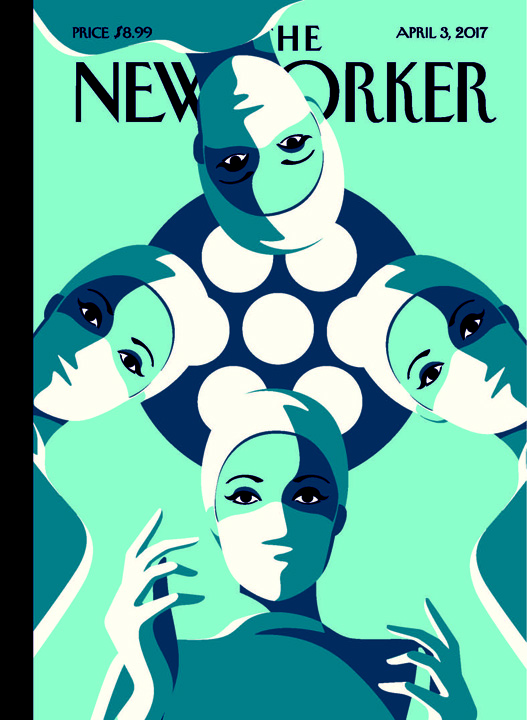
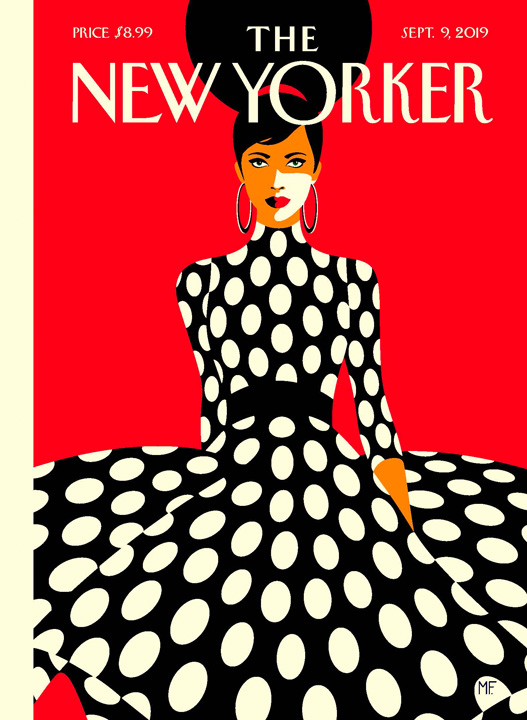
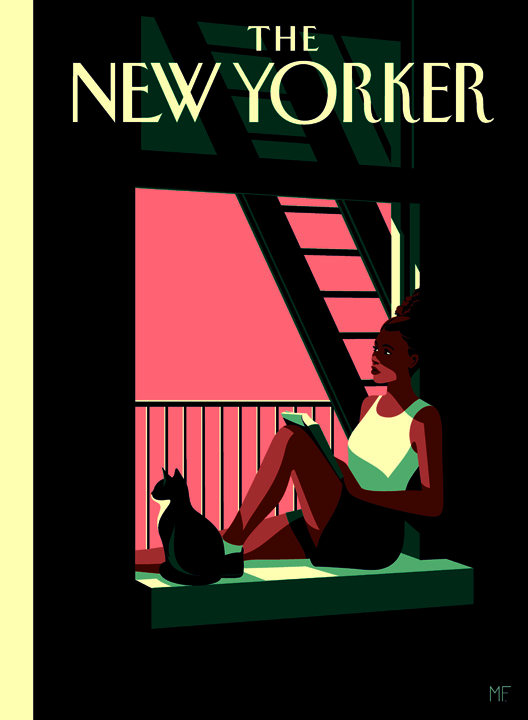
You work for various luxury and lifestyle brands. Do you have any favourite themes or products where it’s particularly fun or a challenge to capture things?
When it comes to collaborations, I like the idea of designing for volume rather than the flat canvas. It could be a window display, a shoe or even a bike… I like telling stories.
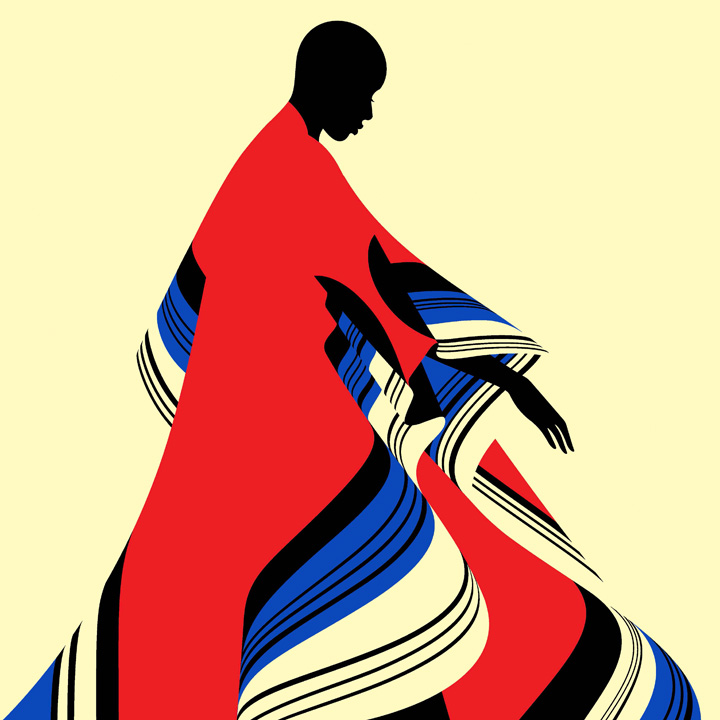
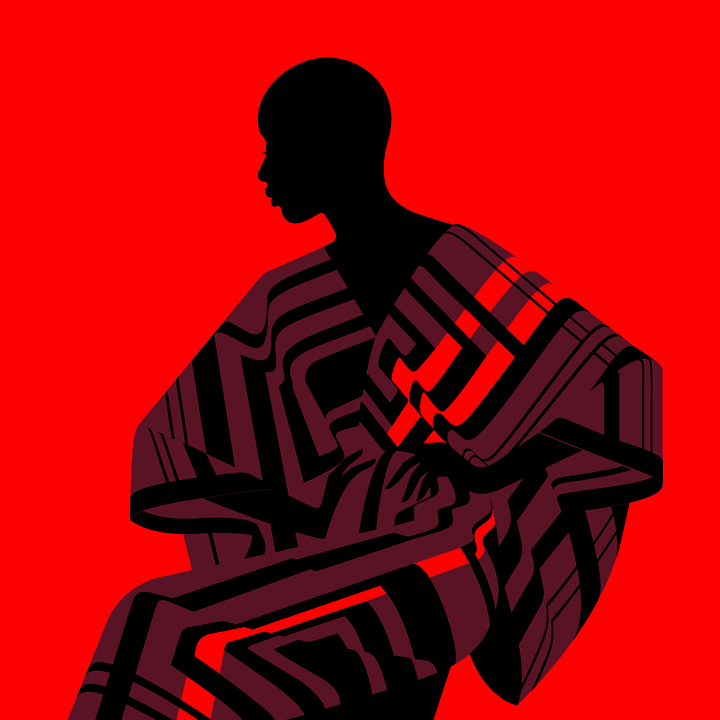
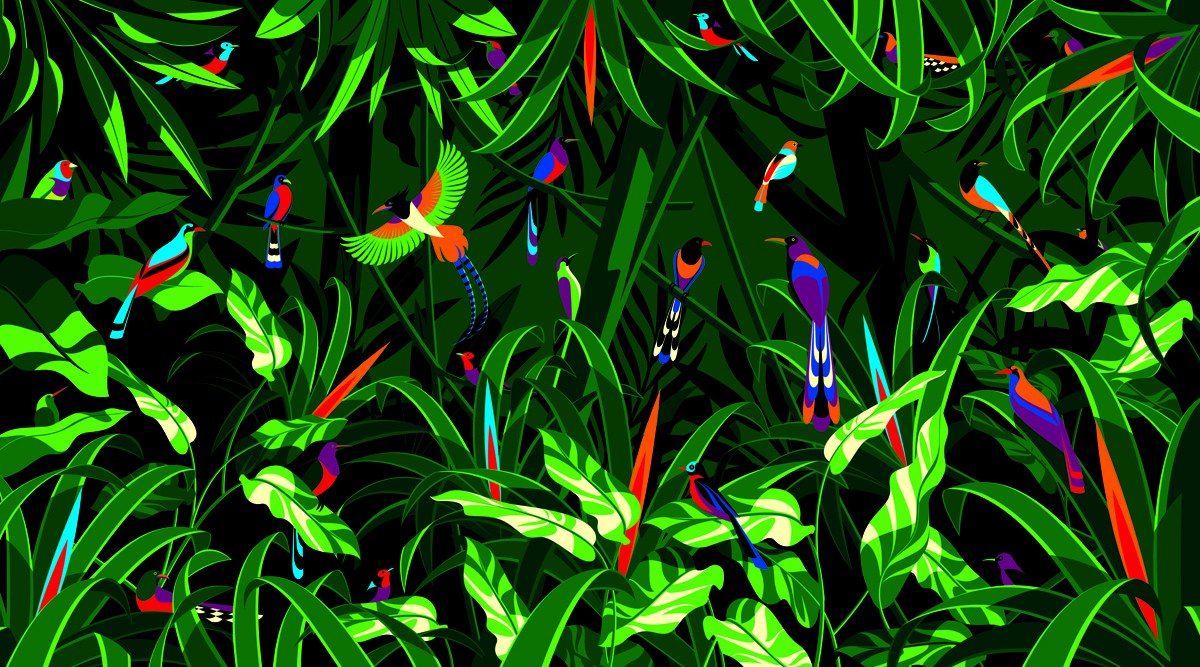
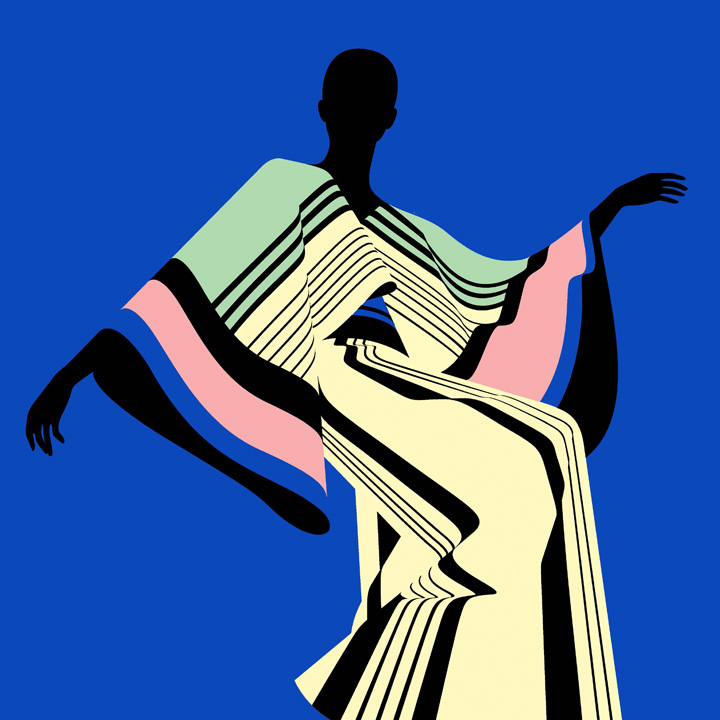
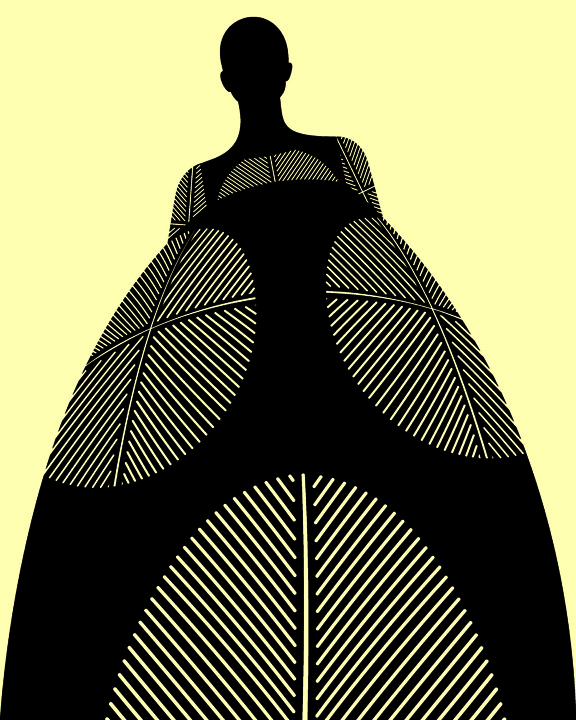
Some of your works are beautifully erotic and unfold a very striking yet subtle imagination. The art of omission seems to play an important role in the telling and staging of these stories. Is this assessment correct?
It is very correct. When it comes to erotica, I truly believe that sensuality is about what is hidden or untold. It is the art of omission as well as the art of reduction. Using forms and counter forms becomes a game of sorts. It tickles the brain and creates mystery. I also always add a touch of humour and cheekiness to my erotic pieces. Sex is meant to be playful after all.

By the way: How did the wonderful Kama Sutra book come about? And will there be another print run of that book?
We are not planning a re-edition just yet but who knows what the future holds (smiles). This book is the final act of my Kama Sutra project started in 2013 with the cover for Penguin books. Even after the Alphabet exhibition at Somerset house,
I always felt that the project was unfinished somehow and needed to come together one last time. It took me six years to come up with the idea of pairing each letter to an erotic poem excerpt and one year to curate it all and design it with my publisher Counter Print.
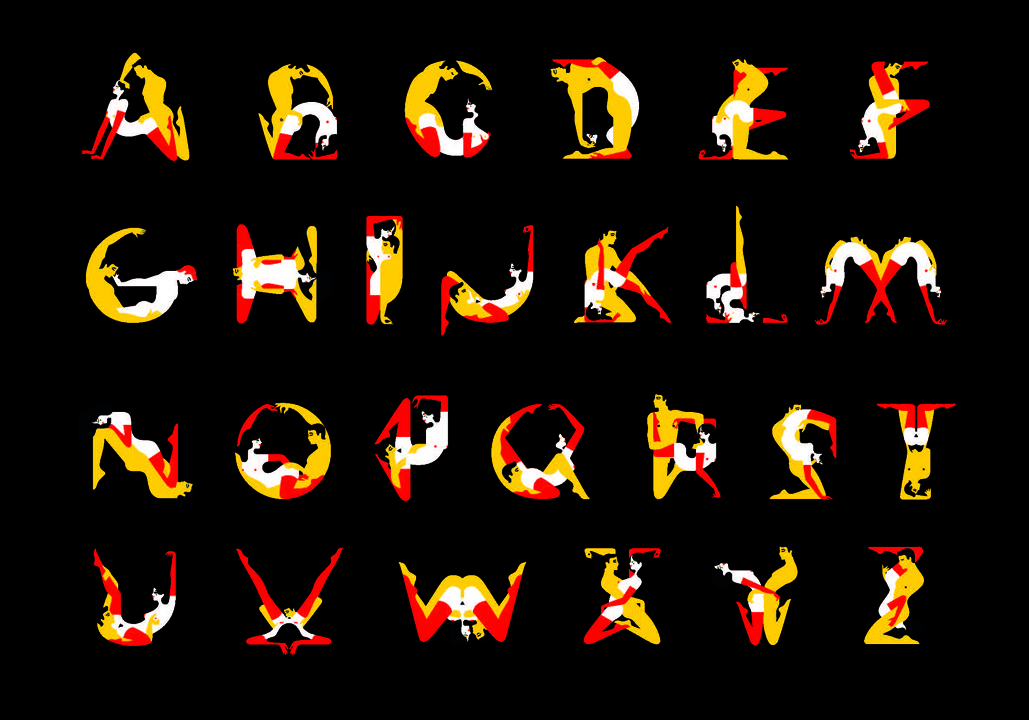
Some of your works are also animated. Will there perhaps also be a whole film by you one day?
I am not sure about a whole film. I love animating my illustrations (with my amazingly talented animator Mathieu Maillefer) but I also like that each is a stand-alone piece, a moment in time in the life of my characters. I don’t have the stamina for a full film and all that is implies yet (smiles).
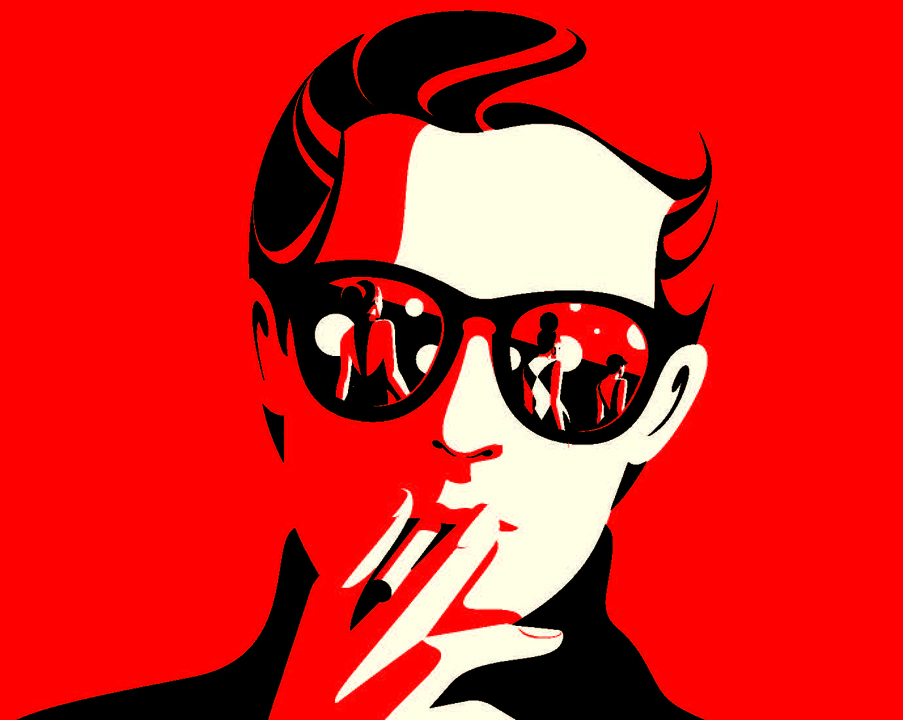
You live in Barcelona. Is the city, its light, its colours and shapes the main source of inspiration for you?
I have been living here for three years now (after sixteen years in London). The great thing about being an expat is that you always have that feeling that the world is your oyster. Once you have done it once, you are no longer afraid of moving to a new country, learning a new language, or adapting to a new culture.
On a visual level I find Barcelona very inspiring. The sun and the shadows it creates, the incredible architecture everywhere and the overall warmth are all things that nurture me on a daily basis. That being said I think the work I do comes from within rather than my immediate environment, so London, Paris and Mexico have probably been equally influential on a visual level.
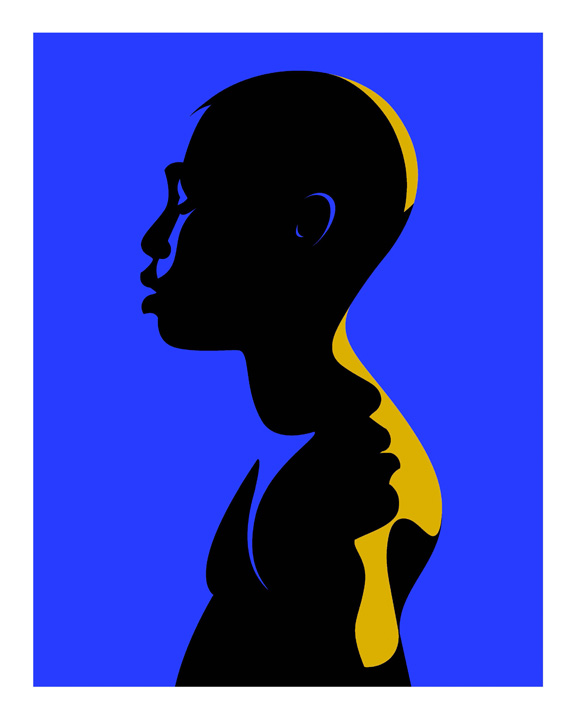
By the way: are there other places that provide a certain magic for you and do you good?
Mexico is my impossible love story. Until one day it becomes possible who knows…. I have been there seven times now and this country takes my breath away every time. I can’t really explain it you just have to go and experience it for yourself …
Do you have concrete plans for the future, or do you consciously let things develop on their own?
I don’t plan anything apart from my next holiday…. which I usually plan on my way back from the previous one.
Thank you, Malika!


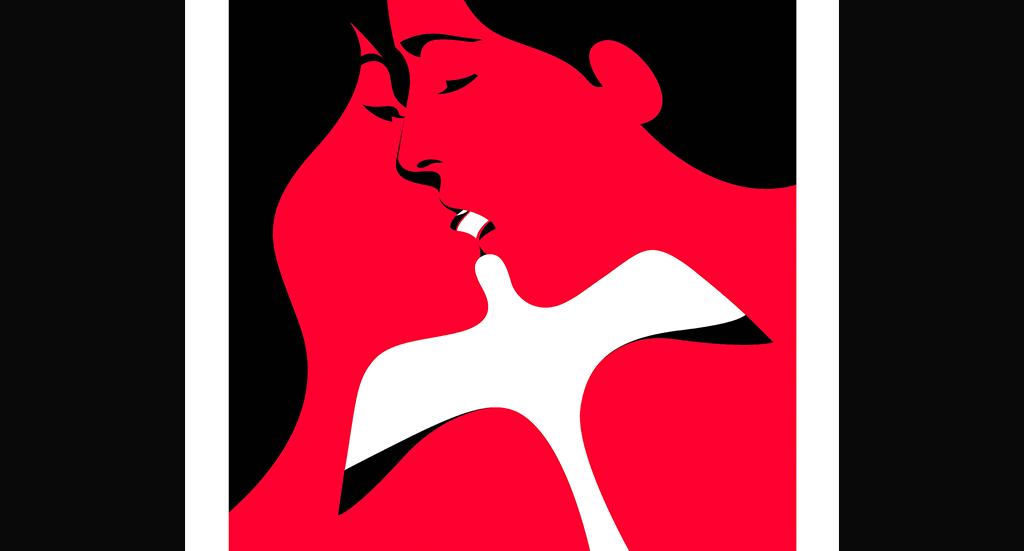
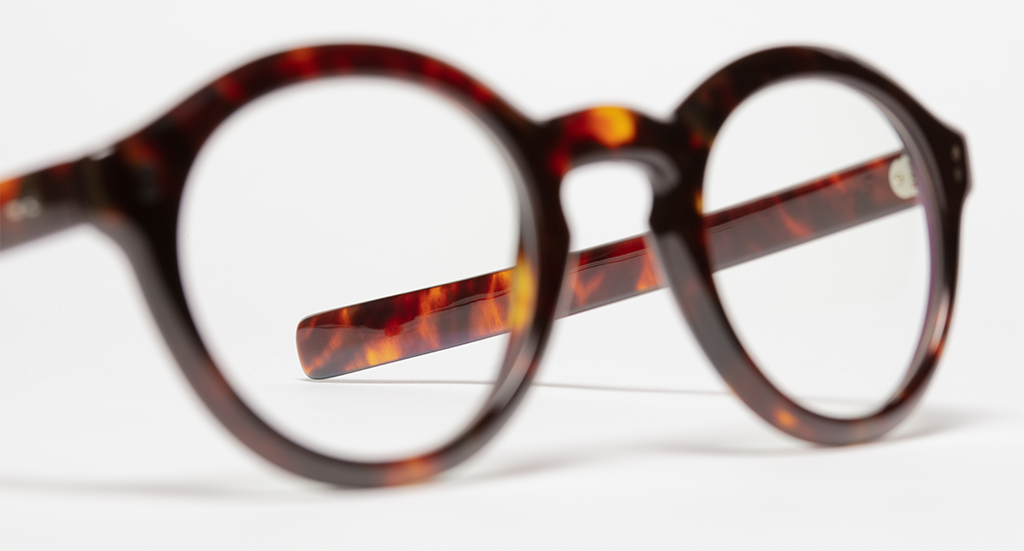

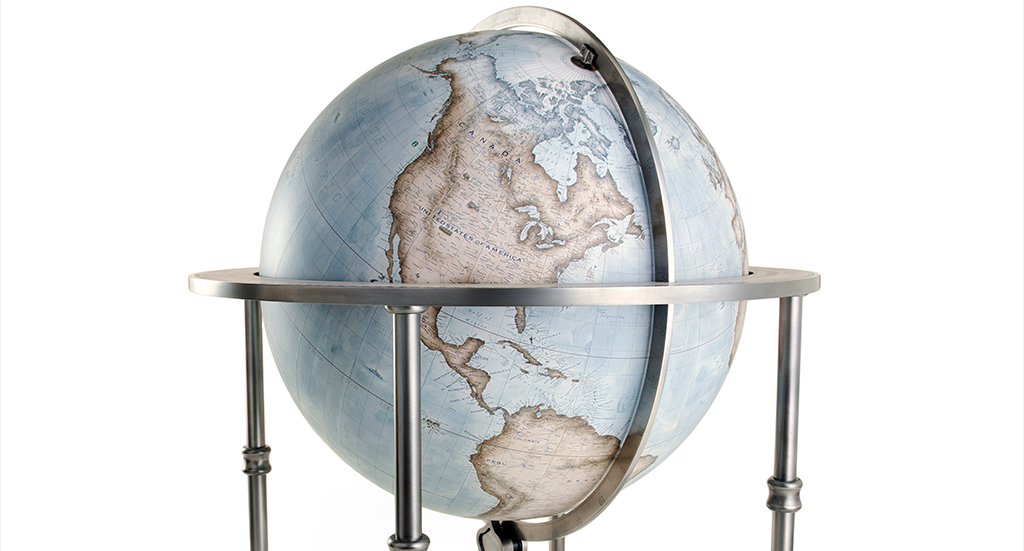
Join our Community